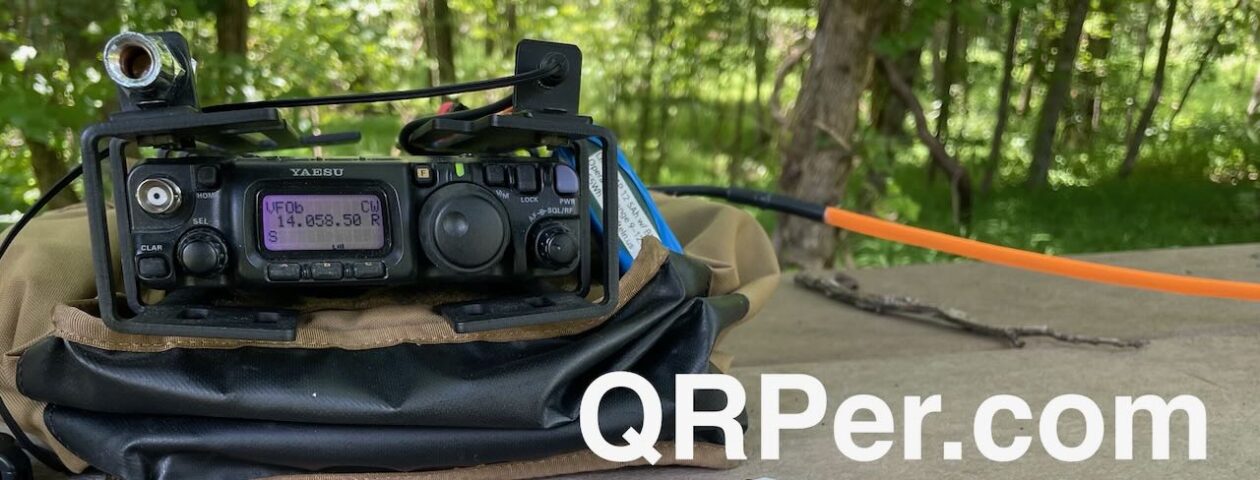 You may have noticed a common theme in my field reports: basically, it’s rare that I plan out an activation more than 24 hours in advance.
You may have noticed a common theme in my field reports: basically, it’s rare that I plan out an activation more than 24 hours in advance.
Indeed, due to my “dynamic” (I think that’s a good word for it?) family schedule, I often don’t plan an activation more than one to two hours in advance.
But last month, I saw an opportunity open on Wednesday, January 26, 2022. Basically, I had from early morning until late afternoon to play radio.
Making plans
At first, I thought about striking out early and hitting some of the parks that are a little further afield–parks I hadn’t visited in a couple years, or some new-to-me parks.
Then, I hatched an idea to activate two SOTA summits. Both would qualify for bonus winter points and both were technically doable in the time I had allotted. It would involve about 9-10 miles of hiking in addition to 3 hours of driving plus allotting for the time I’d actually spend on the air. It would equate to a very early departure and some steady hiking.
That Tuesday evening, I started putting the plan together, downloading all of the maps, preparing my SOTA alerts, and packing my SOTA pack. I spent the better part of an hour plotting and planning these activations.
Then the realization hit me: the trails I’d be hiking were likely covered in snow and ice which would slow me down considerably especially since my Yaktrax Traction Chains hadn’t yet been delivered. I realized the schedule was just a little too tight. There’s be no room for mishaps and if I made the trip I really wanted to hit both summits in the same day. So, I saved all of my maps, links, and notes to do this multiple SOTA run in the near future.
Back to the drawing board!
 I decided that I did like the idea of doing multiple activations in a day, so why not fit in a RaDAR run?
I decided that I did like the idea of doing multiple activations in a day, so why not fit in a RaDAR run?
RaDAR (Rapid Deployment Amateur Radio) is basically an activity that can be combined with summits and/or park activations and the idea is simple: you complete multiple rapid field deployments within 24 hours.
If you’d like more information about RaDAR, check out this webpage. Parks On The Air even has a few awards for RaDAR runs–it would be fun to apply for one of them (thanks, WD8RIF, for the heads-up!).
I so rarely have enough time to consider more than two or three activations in a day that the idea of fitting in four or possibly five activations was very appealing.
I looked at the POTA map and sorted out a route between park entities that were all in western North Carolina. I was familiar with all of the locations save one which had the potential to be both a POTA and SOTA activation. Continue reading POTA RaDAR Run: Planning, Plotting, Packing, and Activating Park #1!

























